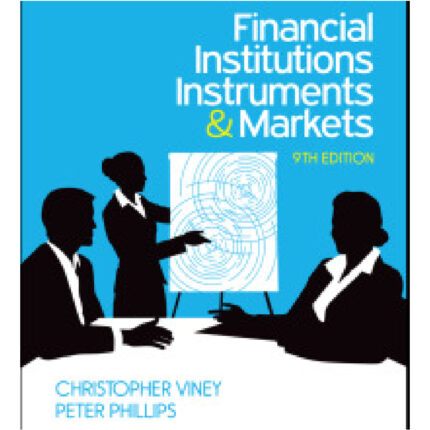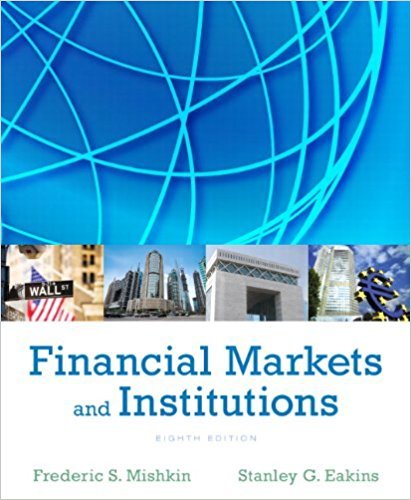Financial Institutions Management A Risk Management Approach 9th Edition By Saunders – Test Bank
Chapter 11
Credit Risk: Loan Portfolio and Concentration Risk
True / False Questions
1. The simple model of migration analysis tracks the credit ratings of companies that have borrowed from the FI.
TRUE
2. Migration analysis is not appropriate for an FI to use in the analysis of credit risk of consumer loans and credit card portfolios.
FALSE
3. Using migration analysis, a loan officer tracks credit rating agencies as well as their own internal models to help determine appropriate amounts to lend to certain sectors or classes.
TRUE
4. Older loan pools provide very little evidence of credit risk to a particular sector when forming new loans of loans to that sector.
FALSE
5. The concentration limit method of managing credit risk concentration involves estimating the minimum loan amount to a single customer as a percent of capital.
FALSE
6. Concentration limits are used to either reduce or increase exposure to specific industries.
TRUE
7. In the past, data availability limited the use of sophisticated portfolio models to set concentration limits within lending to particular industries.
TRUE
8. In the use of modern portfolio theory (MPT), the sum of the credit risks of loans under estimates the risk of the whole portfolio.
FALSE
9. The expected return of a portfolio of loans is equal to the weighted average of the expected returns of the individual loans.
TRUE
10. The variance of returns of a portfolio of loans normally is equal to the arithmetic average of the variance of returns of the individual loans.
FALSE
11. Portfolio risk can be reduced through diversification only if the returns of the loans in the portfolio are negatively correlated.
FALSE













Reviews
There are no reviews yet.